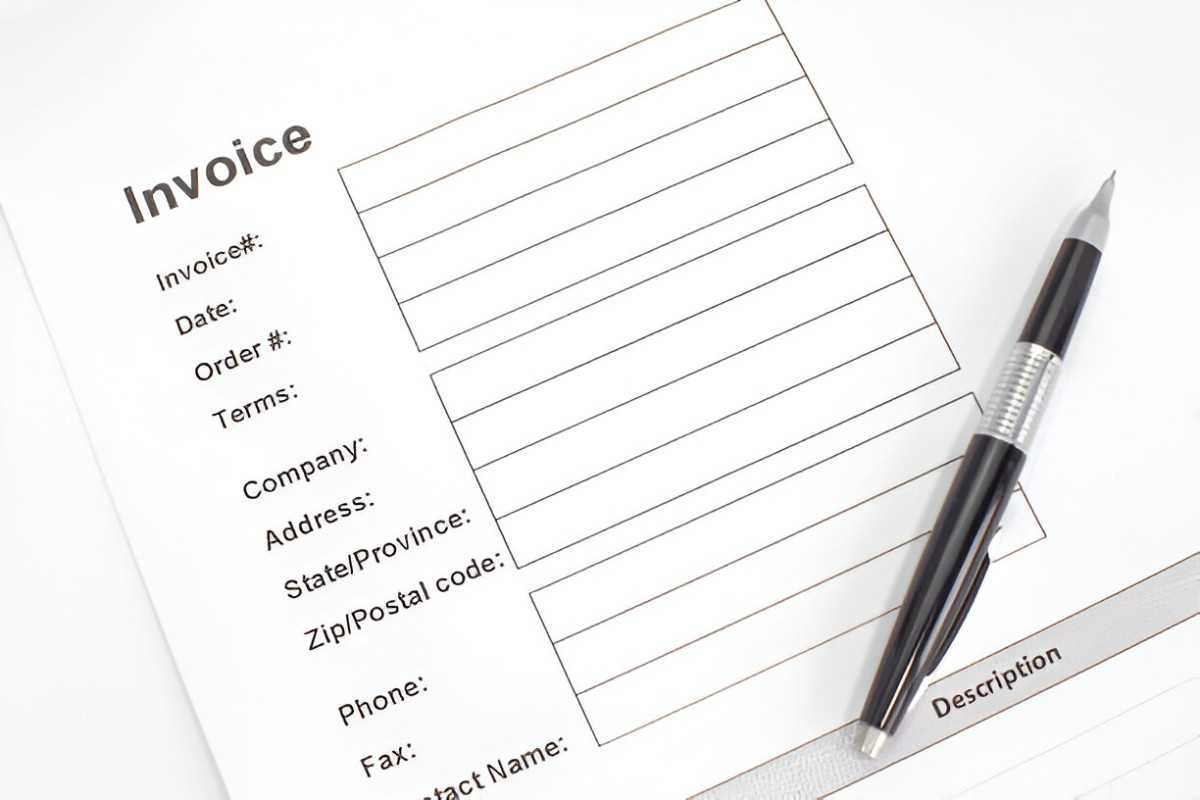As someone who has spent years navigating the financial and accounting landscapes, I understand how confusing proforma invoices can be for businesses, especially those new to international trade. Unlike standard invoices, proforma invoices serve a different purpose—they act as a preliminary bill of sale, often used before the actual transaction takes place. In this guide, I’ll break down everything you need to know about proforma invoices, from their purpose to how they differ from commercial invoices, and even how to create one correctly.
Table of Contents
What Is a Proforma Invoice?
A proforma invoice is a preliminary document sent to a buyer before a shipment or delivery of goods. It outlines the details of the sale, including the products, quantities, prices, and terms, but it is not a demand for payment. Instead, it serves as a quotation or an estimate that helps both parties finalize the transaction.
Key Elements of a Proforma Invoice
A well-structured proforma invoice includes:
- Seller and buyer details (names, addresses, contact information)
- Invoice number and date
- Description of goods/services
- Quantity, unit price, and total amount
- Payment terms (e.g., net 30, advance payment)
- Shipping terms (Incoterms like FOB, CIF)
- Estimated delivery date
Here’s a simple comparison between a proforma invoice and a commercial invoice:
| Feature | Proforma Invoice | Commercial Invoice |
|---|---|---|
| Purpose | Preliminary quote, not legally binding | Final bill, legally enforceable |
| Payment Request | No | Yes |
| Used for Customs? | No | Yes |
| Tax Implications | None | Taxable document |
Why Are Proforma Invoices Important?
Proforma invoices play a crucial role in international trade. They help buyers secure financing, apply for import licenses, or arrange letters of credit before the actual shipment. For sellers, they act as a formal commitment to supply goods under specified terms.
Real-World Example: Importing Goods from China
Suppose I run a small electronics business in the U.S. and want to import 500 units of a new gadget from a supplier in China. Before finalizing the deal, the supplier sends me a proforma invoice with the following details:
- Unit Price: \$25.00
- Total Cost: 500 \times \$25 = \$12,500
- Shipping Cost (CIF): \$1,200
- Total Payable: \$13,700
With this document, I can approach my bank to arrange a letter of credit or apply for an import license without waiting for the final commercial invoice.
How to Create a Proforma Invoice
Creating a proforma invoice follows a structured approach. Below is a step-by-step breakdown:
Step 1: Include Basic Seller and Buyer Information
Just like a standard invoice, start with:
- Your business name and address
- Buyer’s contact details
- Invoice number and date
Step 2: List the Goods or Services
Provide a clear description, including:
- Item names
- Quantities
- Unit prices
- Total amount
Step 3: Specify Payment and Delivery Terms
Outline:
- Payment method (bank transfer, LC, etc.)
- Due date
- Shipping terms (Incoterms)
Step 4: Add Any Additional Notes
Mention if the prices are estimates, validity period, or other special conditions.
Common Mistakes to Avoid
Many businesses, especially startups, make errors when dealing with proforma invoices. Here are some pitfalls I’ve seen:
- Treating It as a Taxable Invoice – Unlike commercial invoices, proforma invoices don’t trigger tax liabilities.
- Missing Key Details – Omitting Incoterms or payment terms can lead to disputes.
- Using It for Customs Clearance – Customs authorities require commercial invoices, not proforma ones.
Proforma Invoice vs. Commercial Invoice: A Deeper Look
While both documents look similar, their legal standing differs. A commercial invoice is a binding document used for accounting and tax purposes, whereas a proforma invoice is merely an estimate.
When to Use Which?
- Proforma Invoice: Before shipment, for quotations, securing financing.
- Commercial Invoice: After shipment, for payment, customs clearance.
Mathematical Calculations in Proforma Invoices
Let’s say I’m selling machinery to a client in Germany. The proforma invoice includes:
- Base Price: \$50,000
- Discount (5%): 0.05 \times \$50,000 = \$2,500
- Subtotal: \$50,000 - \$2,500 = \$47,500
- Tax (VAT 19%): 0.19 \times \$47,500 = \$9,025
- Total: \$47,500 + \$9,025 = \$56,525
This breakdown helps the buyer understand cost components before committing.
Legal Implications of Proforma Invoices
Since proforma invoices are not legally binding, they don’t enforce payment. However, they serve as an agreement in principle. If disputes arise, courts may refer to them to interpret the intended terms.
Best Practices for Businesses
From my experience, here’s what works:
- Clearly Mark as “Proforma Invoice” – Avoid confusion with commercial invoices.
- Set an Expiry Date – Prices and terms may change, so specify validity.
- Keep Records – Even though non-binding, maintain copies for reference.
Final Thoughts
Proforma invoices simplify transactions by setting clear expectations before finalizing deals. Whether you’re a small business importing goods or a large corporation negotiating bulk orders, understanding how to use them effectively can streamline your operations.





